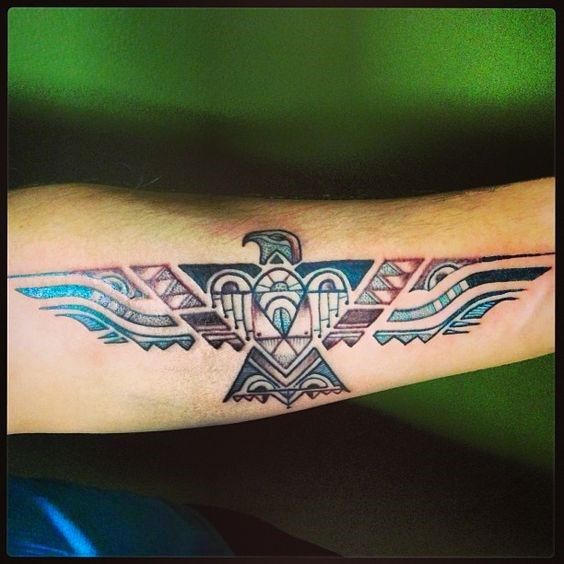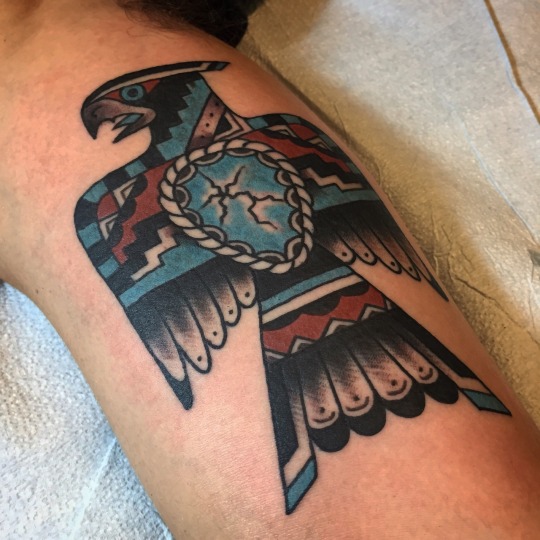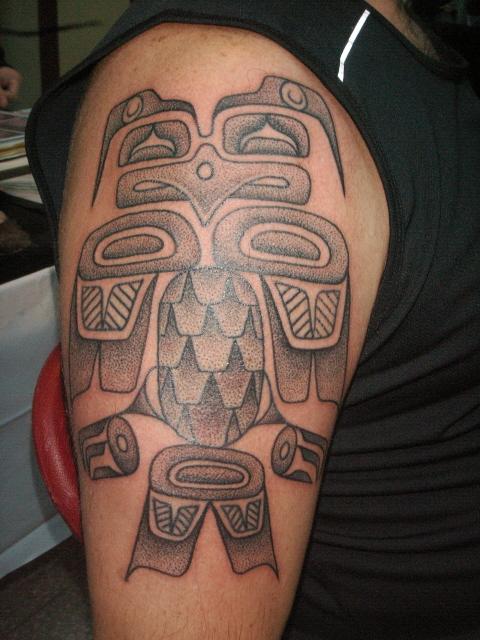


To cope with the demand, slave traders even went so far as to tattoo the natives captured in battle and then kill them and sell their heads. In the twenties of the nineteenth century began the macabre custom of bartering guns with tattooed heads of Maori warriors. These moko are still used today to identify the wearer as belonging to a certain family or to symbolize the achievements gained during the lifetime. In New Zealand the Maori signed their treatises by designing faithful replicas of their “moko”, personalized facial tattoos. Those who succeeded in the enterprise were honored with a big party.įrom Cook’s notes (1769), we know that one of the methods mainly used by Tahitians to tattoo was to use a sharp shell attached to a stick. In Samoa the “pe’a” was widespread, a tattoo on the whole body that required 5 days of endurance to the pain but it was proof of courage and inner strength. In Borneo the natives tattooed an eye on the palms of their hands as a spiritual guide that would help them in the passage to the afterlife. When suffering, the Hawaiians tattooed three points on the tongue. When Tahitian girls reached sexual maturity, their buttocks were tattooed black. In the early 1700s, European sailors came in contact with the indigenous peoples of the islands of Central and South Pacific, where the tattoo had an important cultural value.

In the eleventh and twelfth centuries, the crusaders carried the mark of the Cross of Jerusalem on the body, this allowed, in case of death on the battlefield, to make sure that the soldier received the appropriate burial according to the Christian rites.Īfter the Crusades, the tattoo seems to disappear from Europe, but continues to flourish on other continents. Pope Adrian forbade the use of the tattoo.
#Thunderbird tattoo skin#
The Celts worshiped animal deities such as the bull, the wild boar, the cat, the birds and the fish and as a sign of devotion they traced the symbols on the skin.Īmong the ancient Romans, who firmly believed in the purity of the human body, the tattoo was forbidden and used exclusively as a tool to mark criminals and convicts only later, after the battles with the British who wore tattoos as distinguishing marks of honor, some Roman soldiers began to admire the ferocity and strength of the enemies as much as the signs they wore on the body … and they began to tattoo themselves on their skin their distinctive brands.Īmong the early Christians it was common practice to oppose their faith by tattooing the cross of Christ on the forehead.

The funerary paintings of ancient Egypt show tattoos on the bodies of the dancers, tattoos found also on some female mummies (2000 BC). With the passage of time, the tattoo takes on other values. X-rays have revealed bone degenerations at these cuts, it is therefore thought that, at the time, the inhabitants of the area practiced this form of tattoo for therapeutic purposes, to alleviate pain. Otzi, as has been dubbed, presents in various parts of the body real tattoos, obtained by rubbing coal pulverized on vertical incisions of the skin. The oldest evidence comes from the Italian-Austrian border where in 1991, on the Otzalet Alps, the frozen and well-preserved body of a man that scientists believe lived about 5300 years ago is found.


 0 kommentar(er)
0 kommentar(er)
